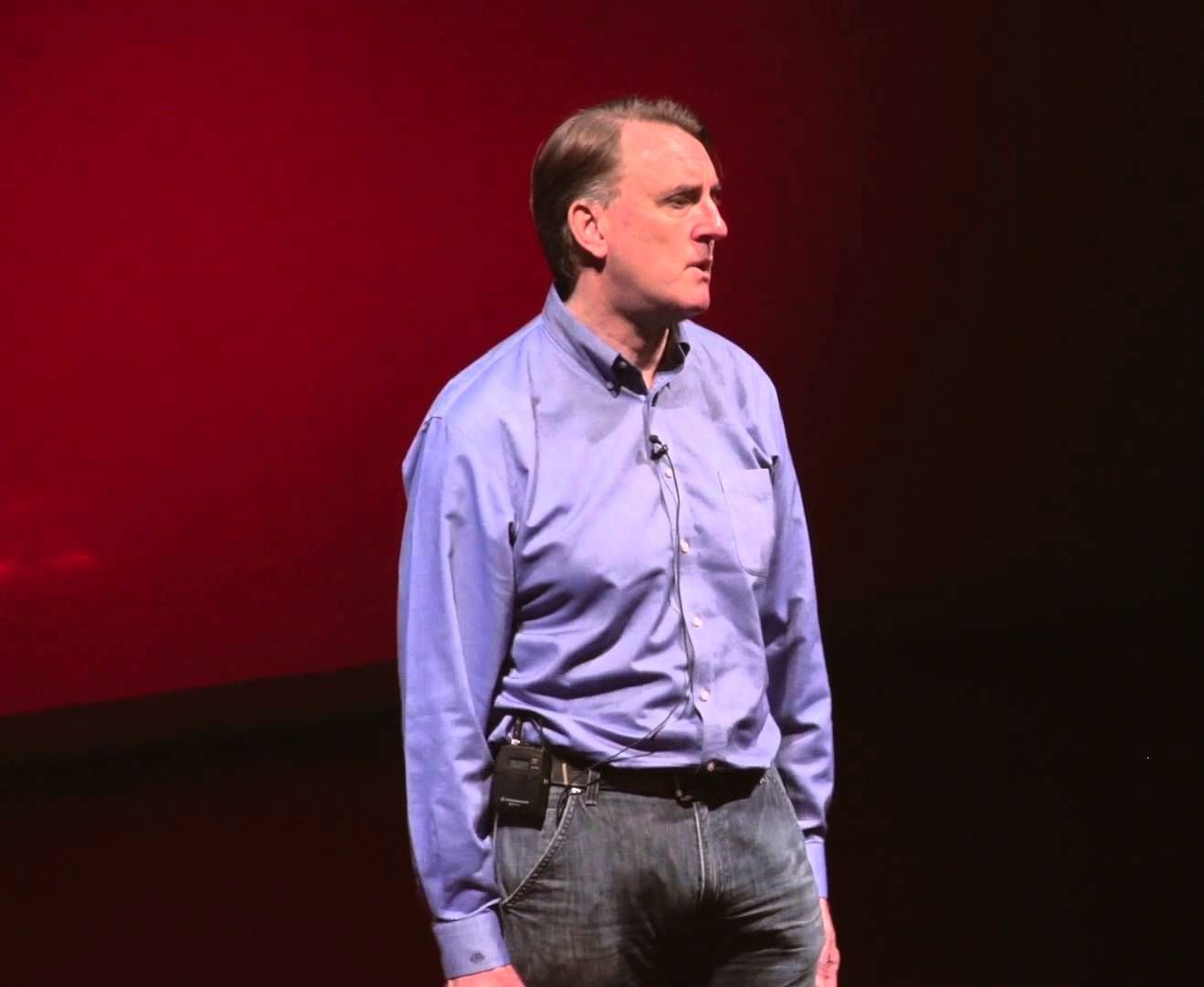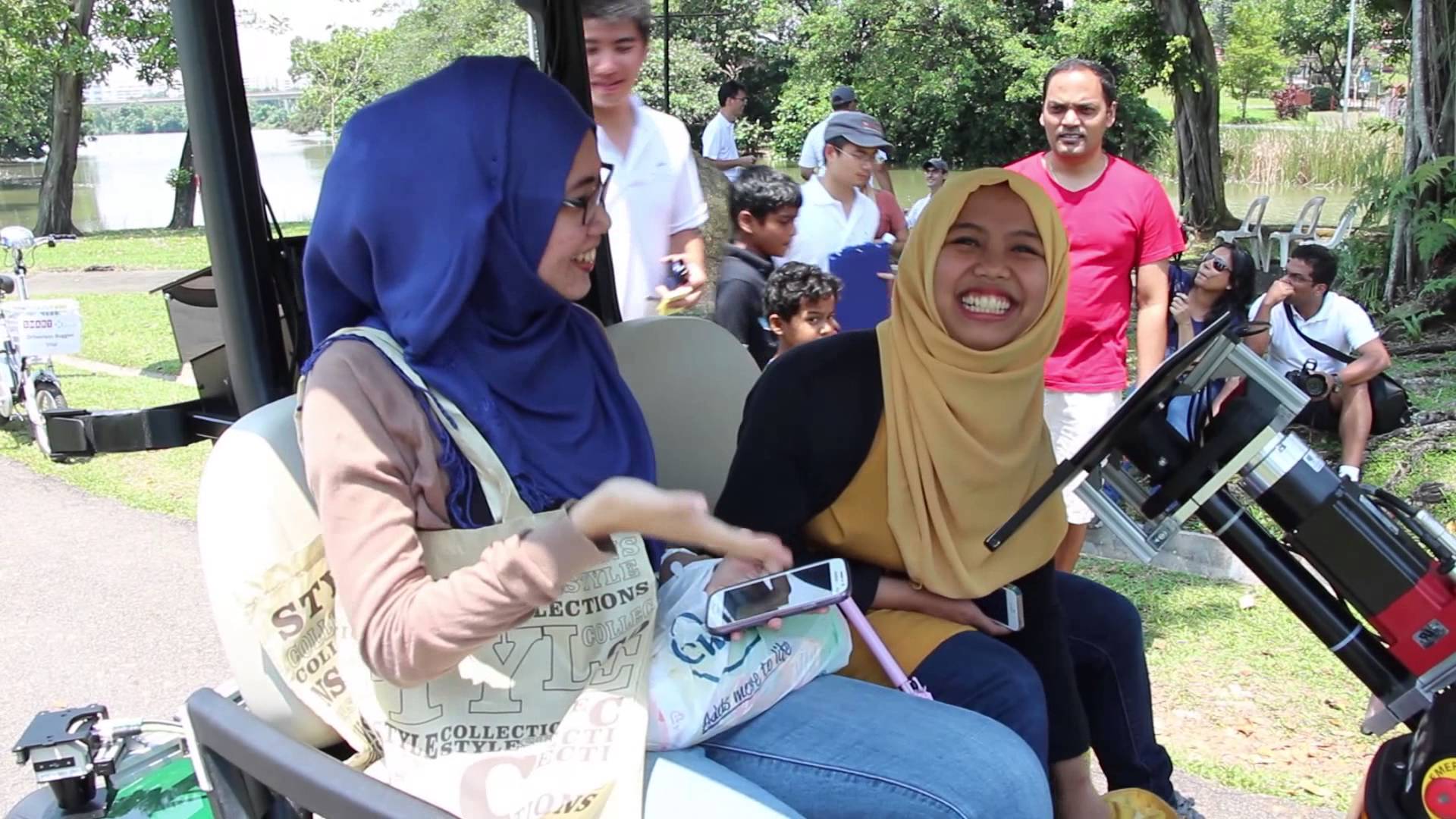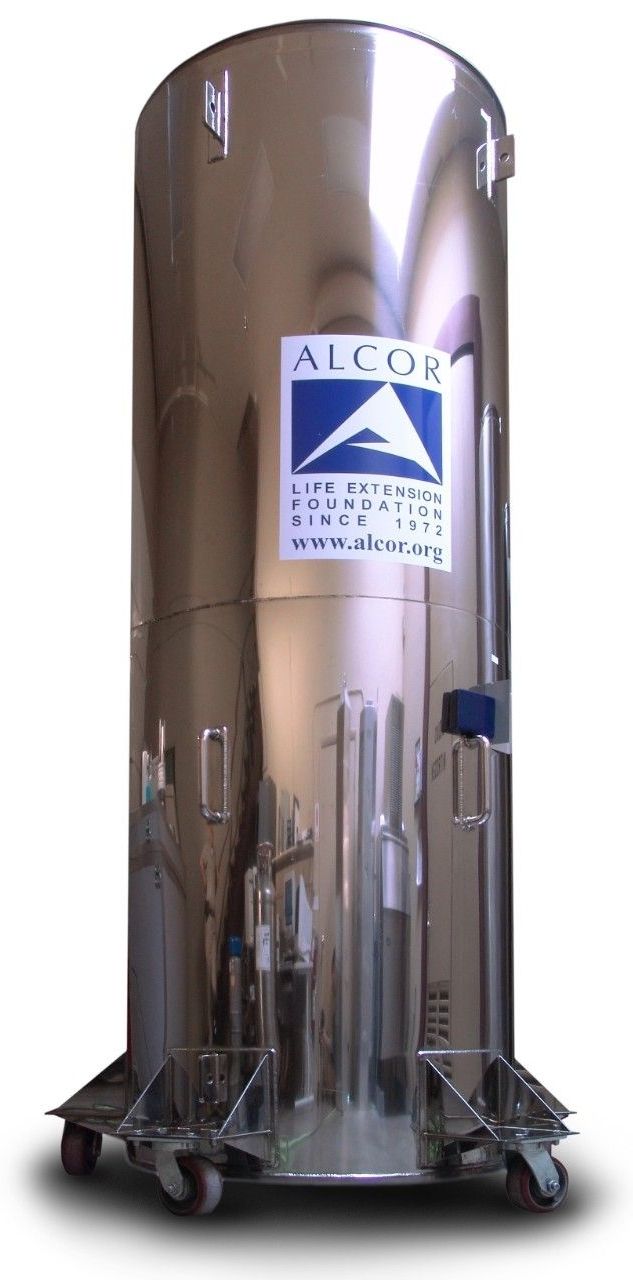When it comes to obtaining new energy, solar energy now costs less than fossil fuels, according to a report by the World Economic Forum (WEF). Data from Bloomberg New Energy Finance (BNEF) also show decreased prices, with the mean price of solar power in about 60 countries dropping to $1.65 million per megawatt, closely followed by wind at $1.66 million per megawatt.
Michael Drexler, Head of Long Term Investing, Infrastructure and Development at the World Economic Forum, found the downturn in prices to be an encouraging sign.
“Renewable energy has reached a tipping point—it now constitutes the best chance to reverse global warming. Solar and wind have just become very competitive, and costs continue to fall. It is not only a commercially viable option, but an outright compelling investment opportunity with long-term, stable, inflation-protected returns.”









